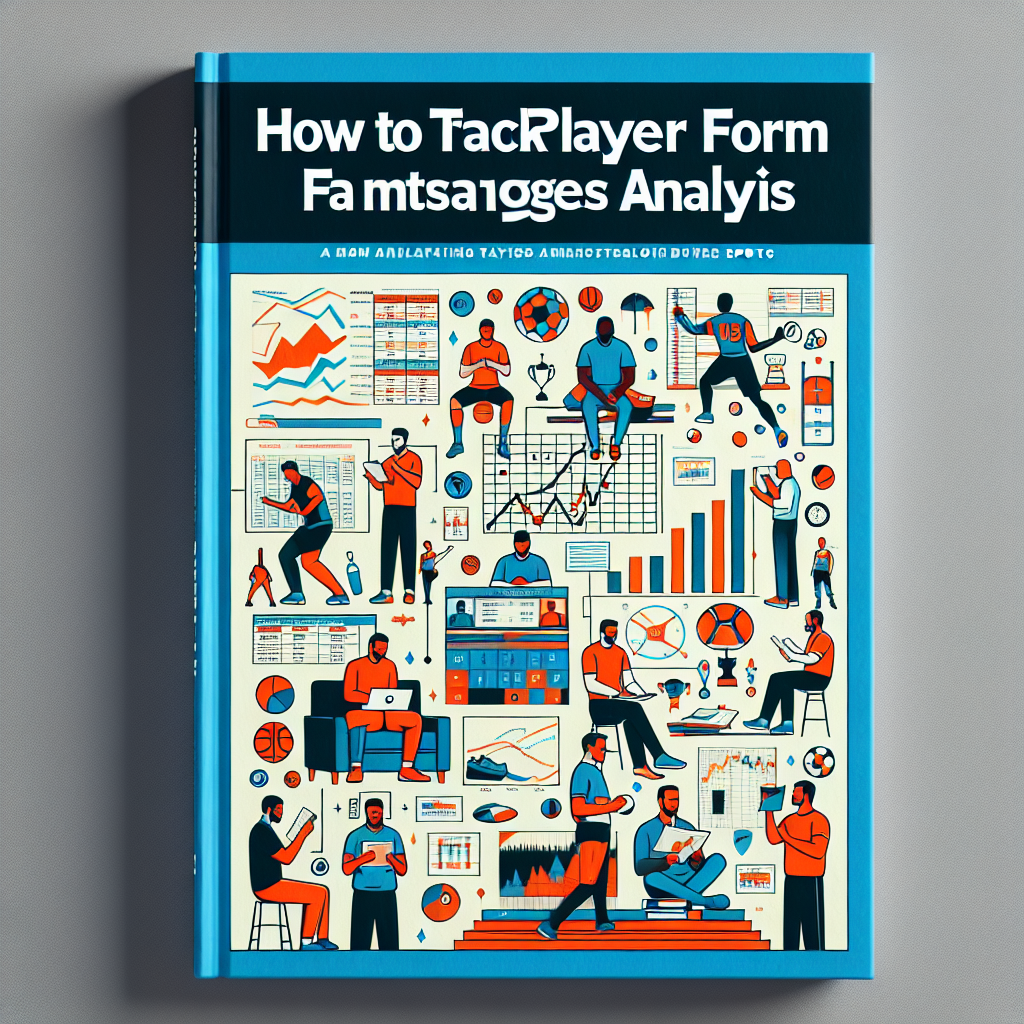Introduction to Tracking Player Form in Fantasy Leagues
In the competitive world of fantasy leagues analysis, understanding how to track player form can give you a significant edge over your rivals. Whether you’re focusing on fantasy football, basketball, or cricket, monitoring player performance and form trends is crucial for maximizing your points and making informed decisions. This comprehensive guide will walk you through the best practices, tools, and metrics to analyze player form effectively in fantasy sports.
What is Player Form in Fantasy Sports?
Player form refers to how well an athlete has been performing over a recent period, often measured in games or weeks. In fantasy leagues, this is vital because current form can signal upcoming strong performances, making it a key metric for transfers, captaincy choices, and team selection.
- Recent Points – Summing points scored in the last 3-5 games.
- Consistency – Evaluating if a player regularly meets or exceeds expectations.
- Injury and Fitness Status – Players’ health and match fitness directly affect their form.
Key Metrics to Track Player Form
To analyze player form in fantasy leagues, focus on a combination of quantitative and qualitative data. Here are essential metrics:
- Last Five Gameweek Scores – Offers a snapshot of recent performance trends.
- Minutes Played – Regular starters are more likely to maintain form.
- Shots, Assists, and Key Passes – For attacking players, these stats indicate involvement in play.
- Clean Sheets and Defensive Actions – For defenders, monitor tackles, interceptions, and clean sheets.
- Expected Goals (xG) and Expected Assists (xA) – Advanced LSI-metrics that forecast future returns.
Best Tools for Tracking Player Form
There are numerous tools and platforms designed specifically for fantasy football analysis and other fantasy sports. Most offer customizable dashboards, charts, and player comparison features.
| Tool | Features | Use Case |
|---|---|---|
| Fantasy League Official Apps | Live scores, player stats, injury updates | Real-time decision making |
| Statistical Analysis Websites | Advanced stats like xG, heatmaps, trends | Deep-dive form analysis |
| Custom Spreadsheets | User-generated data, fully customizable | Personalized tracking and projections |
Step-by-Step Guide: How to Track Player Form in Fantasy Leagues
- Identify Key Players: Start by selecting players you want to monitor, such as your squad members and top performers in the league.
- Record Recent Performances: Keep a log of their weekly points, goals, assists, and minutes played.
- Monitor Injury News: Stay updated on fitness reports and suspensions, as these can drastically affect form.
- Analyze Advanced Statistics: Use xG, xA, and player heatmaps to understand underlying performance beyond just goals and assists.
- Compare with Peers: Benchmark your players against others in similar positions to spot trends and potential value picks.
Utilizing Player Form for Fantasy League Success
Integrating form analysis into your fantasy sports strategy can help you with:
- Transfer Decisions: Bring in players on an upward trend and drop those out of form.
- Captaincy Choices: Select in-form players for double points potential.
- Fixture Planning: Align player form with favorable upcoming fixtures for maximum returns.
Common Pitfalls in Tracking Player Form
While tracking form is valuable, beware of these common traps:
- Short-Term Bias: Overreacting to a single high-scoring game can lead to poor decisions.
- Ignoring Context: Consider the quality of opposition and whether points came from penalties or flukes.
- Neglecting Team Dynamics: A player’s form is often linked to team tactics and morale.
Advanced Techniques: Predictive Analytics & AI
Modern fantasy managers are turning to predictive analytics and AI to forecast player form. By analyzing historical data, fixture difficulty, and player trends, AI models can suggest optimal lineups and transfers, taking your fantasy league analysis to the next level.
Conclusion: Mastering Player Form in Fantasy Leagues
Knowing how to track player form in fantasy leagues analysis is a game-changer. By leveraging the right metrics, tools, and strategies, you can stay ahead of the curve and boost your chances of fantasy glory. Remember to combine stats with match watching, trust the data, and always be ready to adapt as new information emerges.
Frequently Asked Questions
- How often should I review player form in fantasy leagues?
- Ideally, review every gameweek or round to account for recent performances and injuries.
- What’s more important: form or fixtures?
- Both matter, but in-form players with easy fixtures offer the highest potential returns.
- Can I trust advanced stats like xG and xA?
- Yes, these LSI-metrics reveal underlying performance and often predict future points better than just goal tallies.
